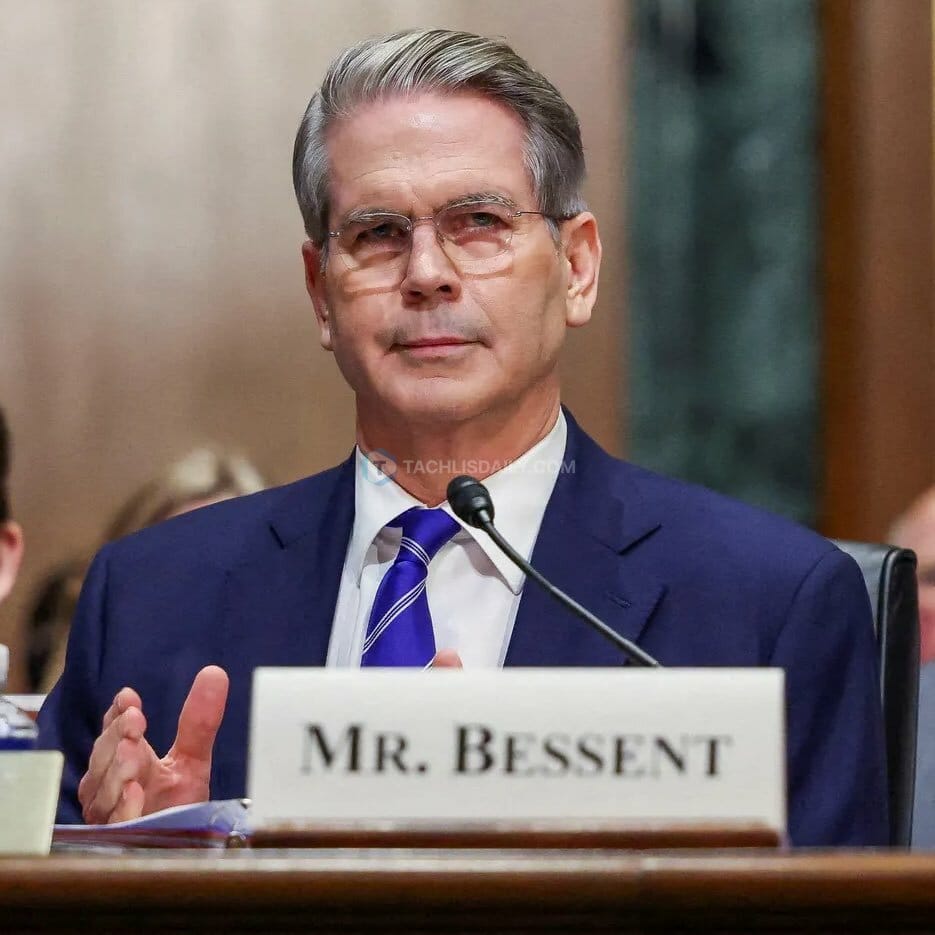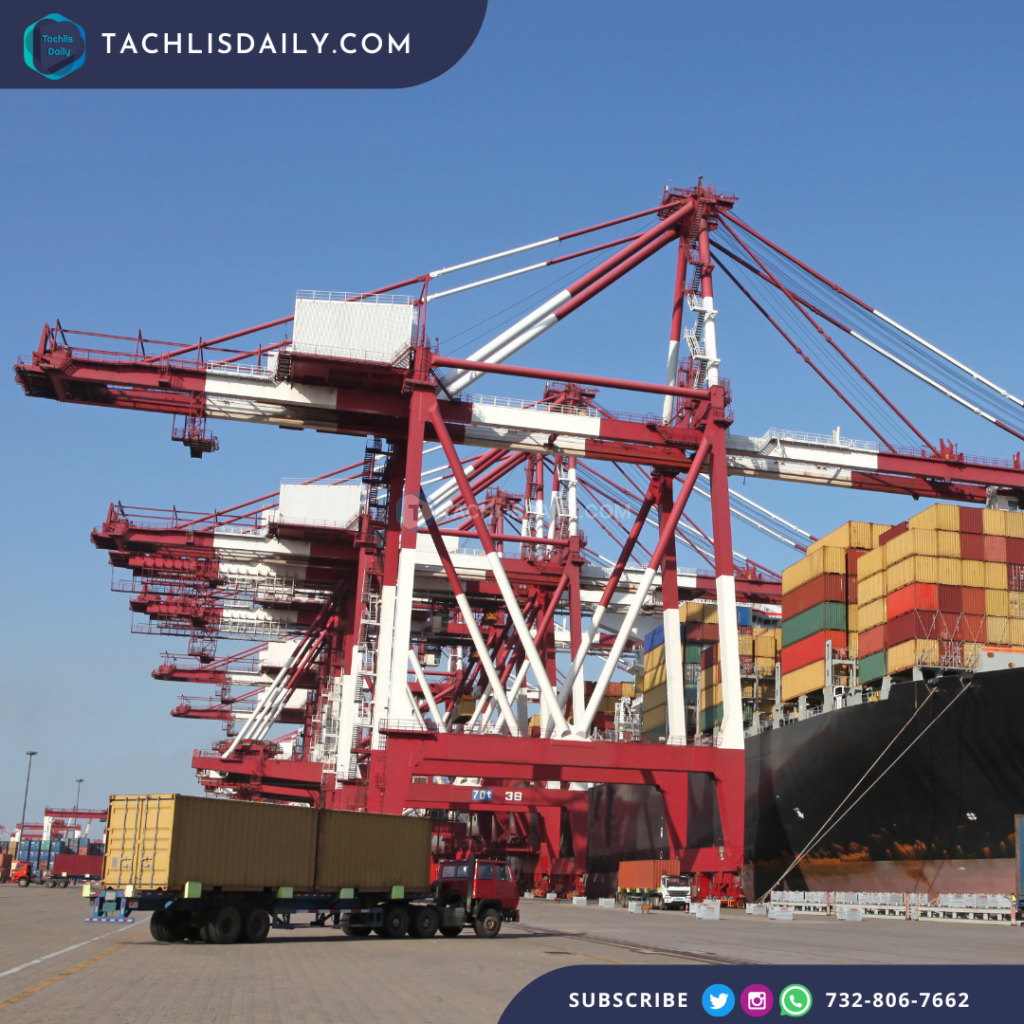UPS is planning to cut approximately 20,000 jobs and shutter 73 of its leased and owned buildings by mid-2025, as the global shipping giant seeks to navigate economic headwinds and rising trade tariffs. The announcement was made in its latest quarterly earnings report, which detailed a slight revenue dip to $21.5 billion from $21.7 billion the previous year.
The company attributed the sweeping cuts to “new or increased tariffs” and broader economic uncertainty in both domestic and international markets. With tariff-related costs mounting and pressure from global economic shifts intensifying, UPS is taking aggressive steps to reduce operational expenses and streamline its infrastructure.
The move is part of a larger restructuring strategy labeled “Network Reconfiguration and Efficiency Reimagined,” which aims to deliver $3.5 billion in savings by the end of 2025 and continue efficiency efforts through 2027. The company’s leadership emphasized the importance of these measures in adapting to unpredictable market conditions. “The actions we are taking to reconfigure our network and reduce cost across our business could not be timelier,” said CEO Carol Tomé, adding that the company intends to emerge more agile and resilient.
This is not the first round of job cuts for the parcel delivery service. In January 2024, UPS announced nearly 12,000 layoffs as part of an earlier cost-saving initiative, projecting nearly $1 billion in savings. At the time, UPS had also begun reducing its reliance on its largest customer, Amazon, which accounted for nearly 12% of the company’s revenue in 2024.
In addition to its workforce reduction, the company stated that it is reviewing its network for further potential closures. The 73 facilities scheduled to be closed span both leased and owned properties and are targeted for shutdown by the end of June 2025.
Meanwhile, political tensions surrounding trade policy continue to influence business decisions. The White House recently criticized Amazon over reports that the e-commerce company may begin itemizing tariff-related costs on product pages. The press secretary labeled the move a “hostile and political act,” underscoring the contentious climate surrounding tariff policies.
Despite these challenges, UPS maintains its focus on operational excellence. The company noted that it continues to achieve the best on-time performance of any delivery carrier for six consecutive years, according to internal performance metrics.
Looking ahead, UPS had previously forecasted a full-year revenue of $89 billion. Whether that target remains within reach amid ongoing cost-cutting and market uncertainty remains to be seen. However, company leaders are confident that the current restructuring efforts will position UPS for long-term stability and growth.











